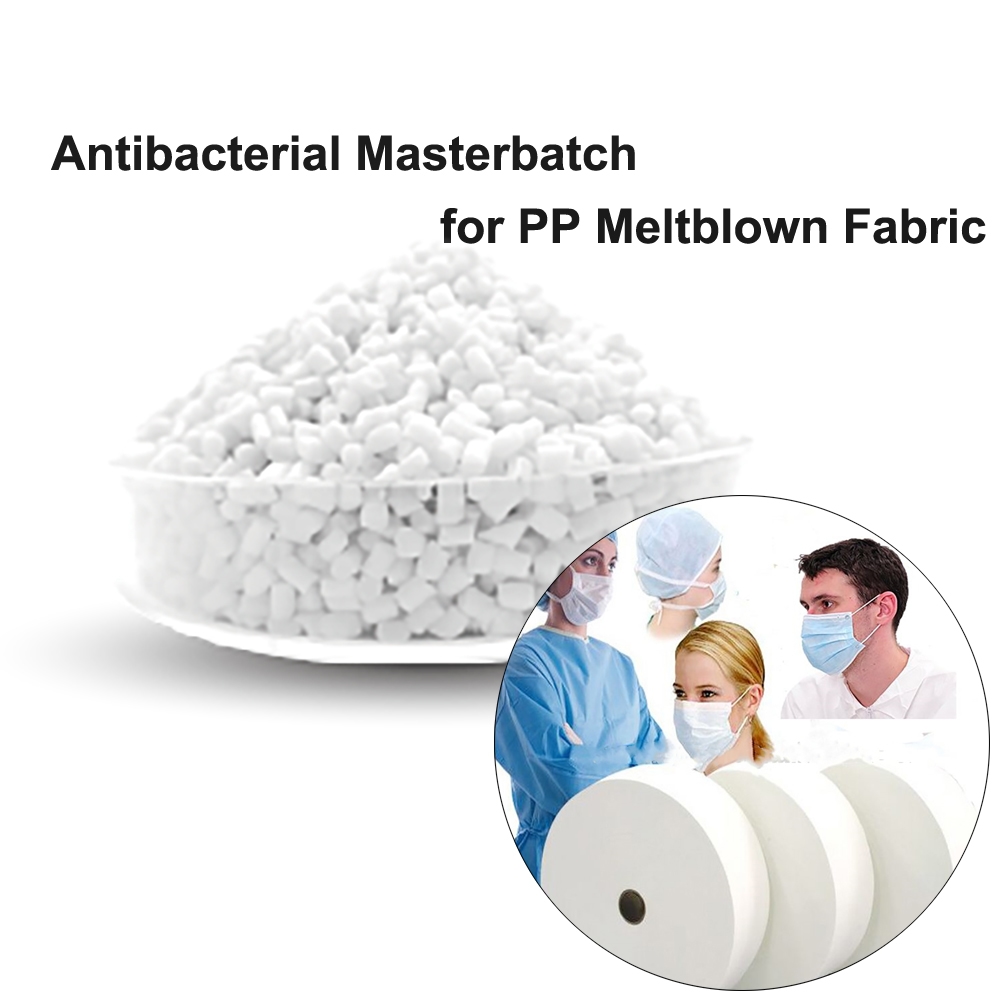
- +8615880211820
- [email protected]
- Tongan Industry Park, Xiamen
n the world of plastics manufacturing, achieving a high-end, metallic aesthetic has traditionally been associated with significant costs. However, the introduction of customized metallic blue masterbatch PET colorant revolutionizes this landscape, offering the allure of colored metal without the expense of brushed or polished aluminum finishes.
Designed to replicate the sophistication of a highly buffed clear coat automotive finish, PET metallic blue color plastic masterbatch proves to be a versatile solution for enhancing the visual appeal of diverse products. Its applications span across cosmetics, skin and hair care, health and beauty aids, specialty foods, beverages, packaging for car-care products, appliances, and other durable goods.
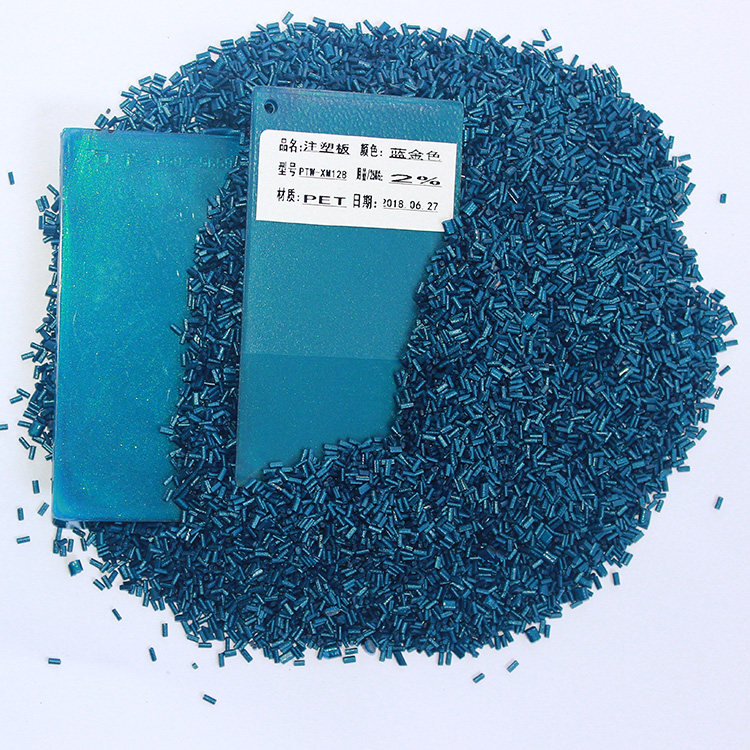
| SPECIFICATION DATA SHEET | |||
| ITEM | UNIT | VALUES | METHOD |
| Color | – | Metallic Blue Polyester Masterbatch | – |
| Colorant concentration | % | 10 | – |
| Melting point | ℃ | 245-252 | ISO11357-3:1999 |
| Melt mass-flow rate/MFR | g/10min | 38 | ASTM D-1238 |
| FPV | bar/g | 0.45 | DIN-EN 13900-5 |
| Intrinsic viscosity | dl/g | 0.495 | GB17931-2003 |
| moisture content | % | ≤0.1 | ASTM D6980-04 |
| bulk density | g/ML | 0.907 | GB/T 1636-1979 |
| color difference△E | ≤ | 0.3 | △E≤0.5 |
PET metallic blue color plastic masterbatch’s compatibility with various plastic substrates, including PE, PP, PET, and other ETPs, makes it a go-to choice for manufacturers. Whether utilized in rigid plastics or flexible films, and across processes such as injection molding, blow molding, or film extrusion, this masterbatch ensures a consistent and vibrant metallic blue hue.
The versatility of PET metallic blue color plastic masterbatch extends beyond its captivating blue shade. With a spectrum of available colors, manufacturers have the flexibility to customize their products according to specific design requirements and consumer preferences. The color options include brass, chrome, copper, black onyx, graphite, gun metal blue, bronze, glitzy gold, ruby slipper, silver sparkle, midnight blue, brown sugar, and bright chrome.
At the heart of this masterbatch technology lies the concept of nano-color masterbatch formulation. Through the uniform blending of ultra-fine inorganic pigments using inorganic nano-particle filling technology, PET metallic blue color plastic masterbatch ensures superior color consistency and dispersion properties. Integrating these nano-pigments into the polymer matrix during the manufacturing process guarantees precise coloration, tones, and hues.
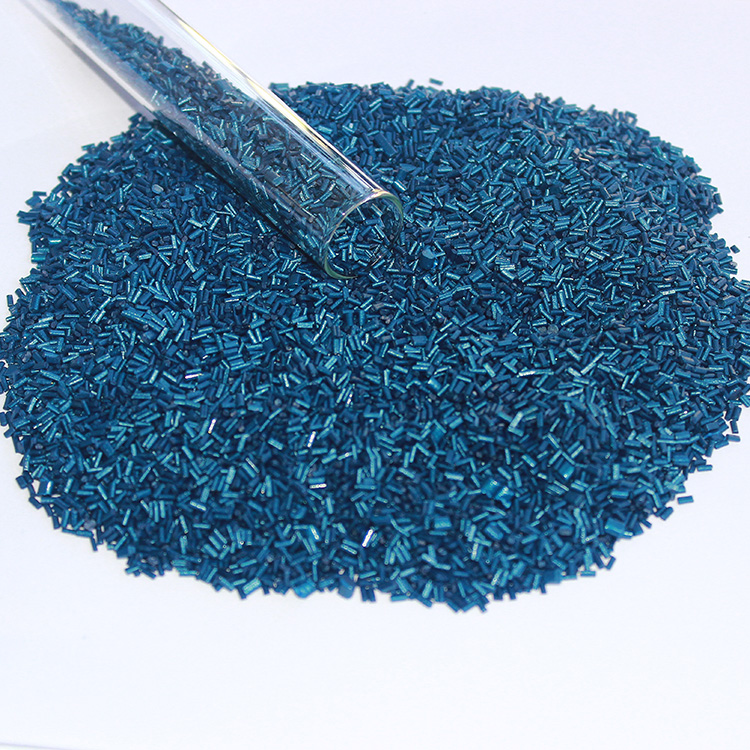
– Leading Manufacturer of Plastic Masterbatch;
– High Performance Equipments and Strong R&D Team, High Grade Quality;
– We are partner of Decathon, Anta and some other world-wide brands;
– We produce all kinds of plastic masterbatch PET, PE, PP, ABS, PS, PA, PLA, PBAT, Functional Masterbatch, PC/ABS and also modified plastics;
– Huge Capacity, fast delivery and good prices.
Blue masterbatch, a fundamental component of the color masterbatch family, plays a crucial role in enhancing structural integrity and performance. Formulated by combining concentrates of base resin, blue pigment, and plastic additives in granular form, it not only imparts vibrant blue hues but also finds extensive use in film extrusion, injection molding, and foaming applications.
In addition to metallic blue shades, color masterbatches offer a diverse array of aesthetic options, ranging from solid shades and pastel colors to pearlescent finishes, fluorescents, marble effects, and transparent hues. This expansive product range enables manufacturers to unleash their creativity and tailor plastic products to meet evolving market trends and consumer preferences.
In conclusion, the introduction of customized metallic blue masterbatch PET colorant represents a groundbreaking advancement in the realm of plastics manufacturing. By combining high-end aesthetics with cost-effective production solutions, this innovative masterbatch technology empowers manufacturers to elevate the visual appeal of their products while meeting the demands of today’s discerning consumers.
We are a leading plastic masterbatch manufacturer, our products are approved and customers like COCA COLA, PEPSICO….

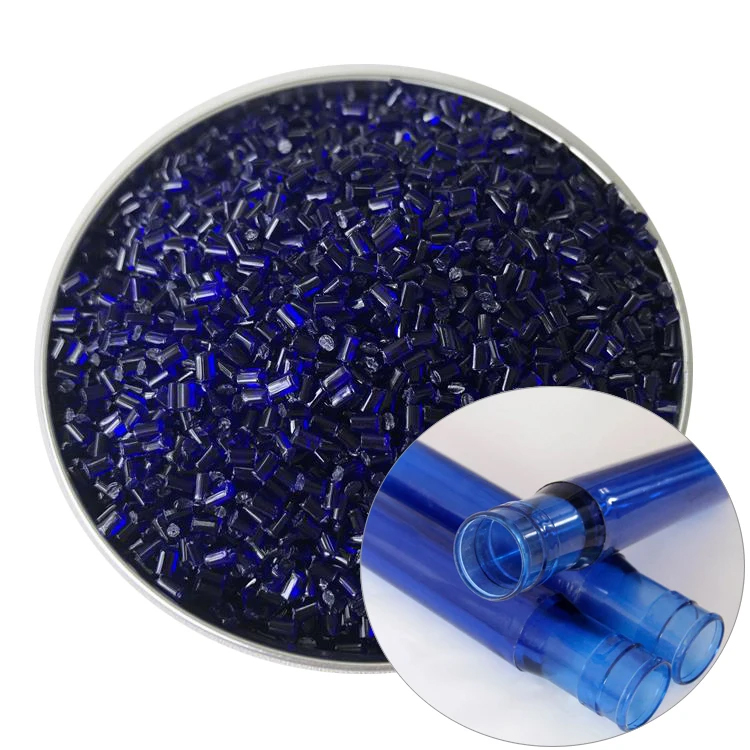
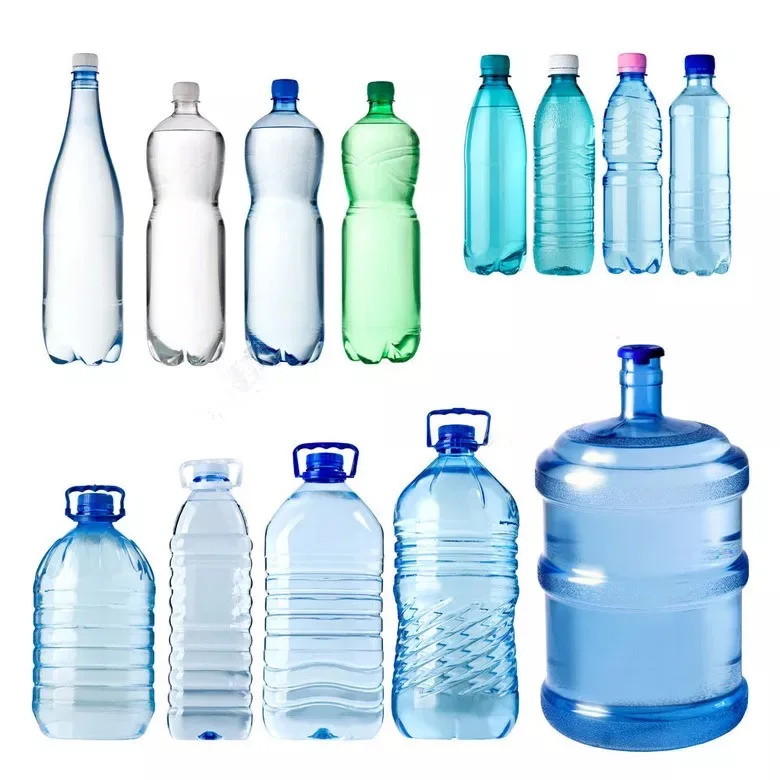
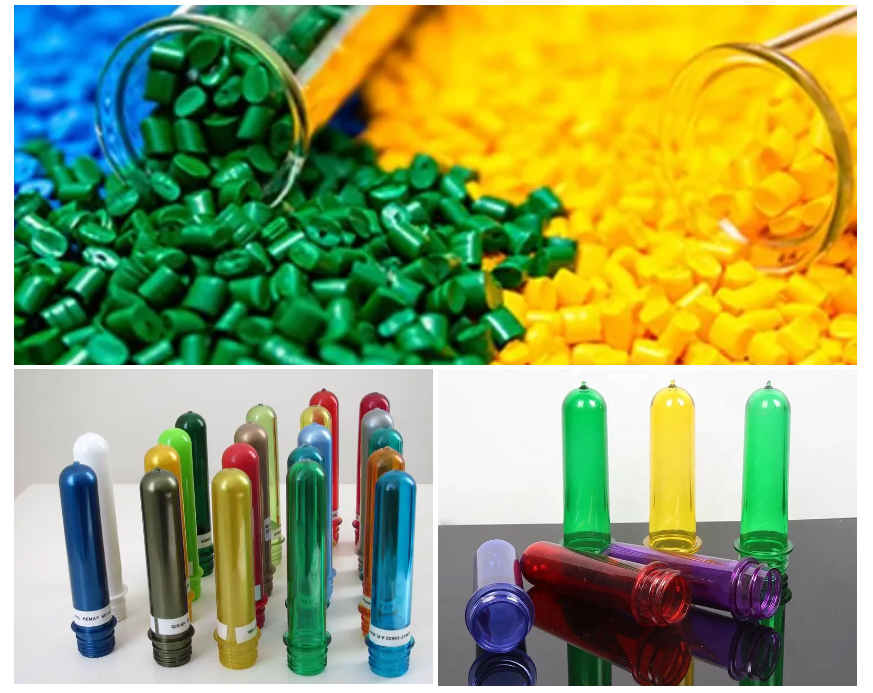
Our company is over 20 years in plastic masterbatch industry, we specialize in researching and produce all kinds of Color masterbatches, functional masterbatch, fiberglass reinforced plastics and burning resistant plastic raw materials, located in Tong’an Industry Park of Xiamen City in China.
In conclusion, we are professional in producing all kinds of plastic masterbatch, including additive master-batch, functional masterbatch, PE flame retardant masterbatch, ABS flame retardant masterbatch, Anti-Oxygen masterbatch, Anti-UV masterbatch, Anti-bacterial masterbatch, Antiblock masterbatch, and some other additive masterbatches.
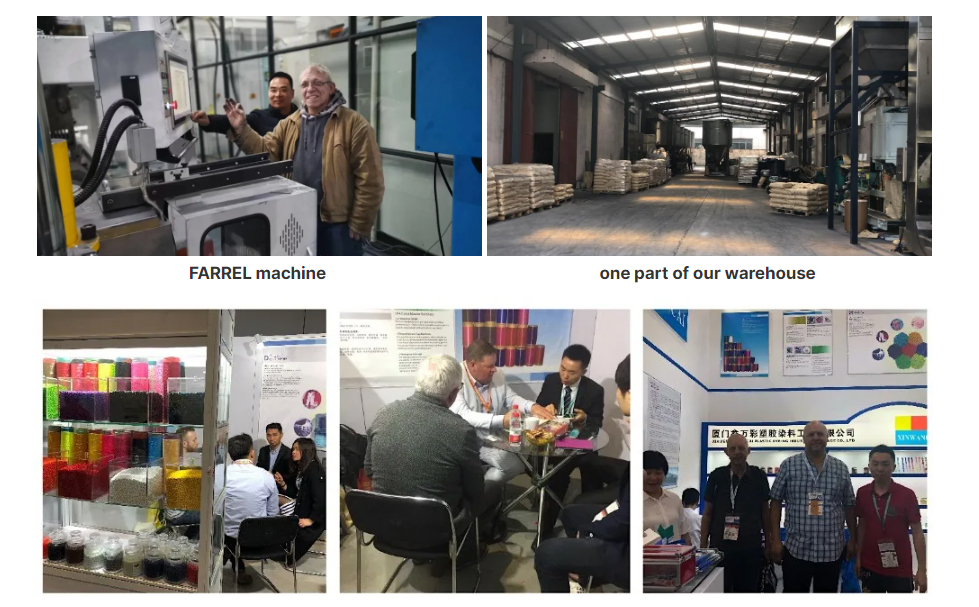
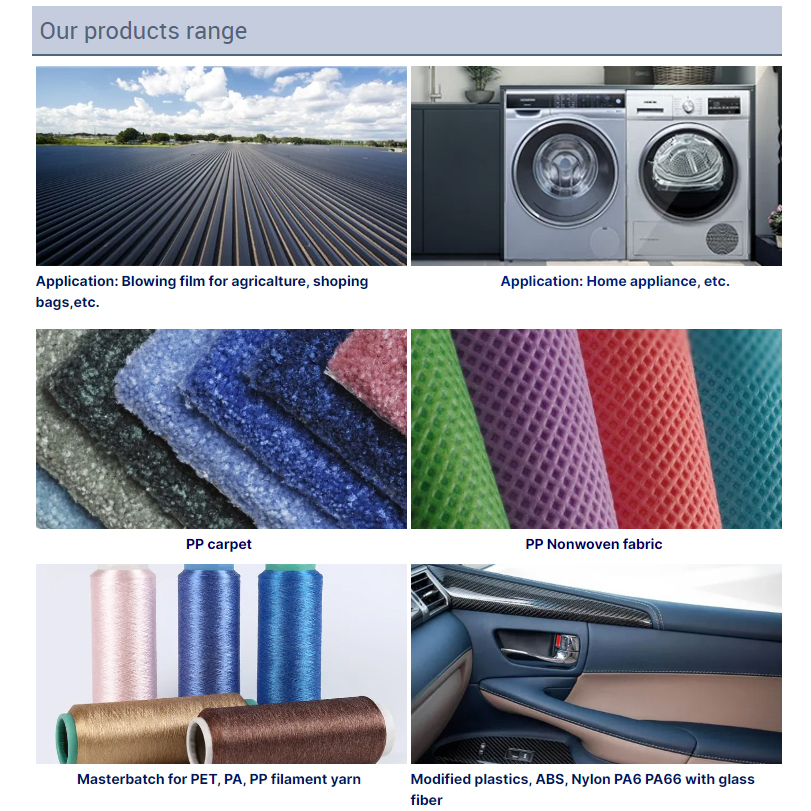
Our masterbatches find a multitude of applications across diverse industries. Whether in plastics, textiles, or various manufacturing processes, our masterbatches play a pivotal role in enhancing product quality and performance. With customizable formulations, they offer color consistency, UV protection, flame resistance, and more, making them the go-to solution for countless applications. From automotive parts to packaging materials, our masterbatches are the trusted choice for achieving superior results across a wide spectrum of industries.
Our custom masterbatches are designed to match specific polymers, ensuring optimal performance when incorporated into your selected material. We have the capability to produce masterbatches suitable for a variety of polymers mentioned below, and many more. If you’re working with a material that isn’t listed here, please don’t hesitate to reach out to our knowledgeable technical team to explore the possibility of meeting your specific needs.
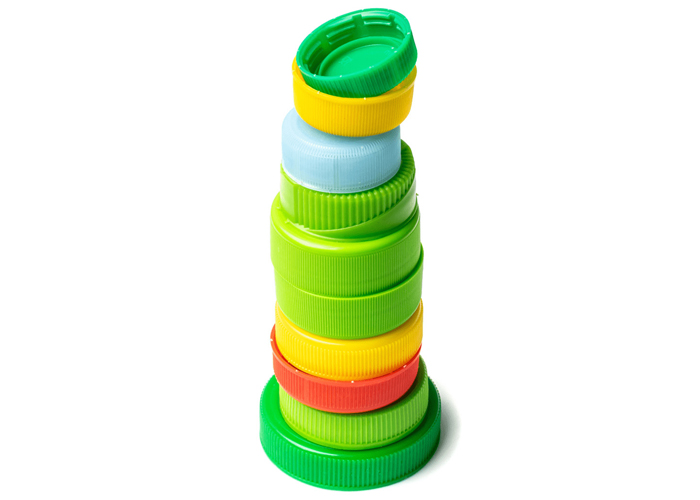
Low Density Polyethylene – Somewhat more translucent than HDPE and considerably more pliable, primarily employed in flexible packaging, tote bags, pliable tubing, film applications, and similar uses. Like HDPE, it has limited transparency characteristics. It exhibits outstanding chemical resistance to alcohols, acids, and alkalis but has restricted resistance to hydrocarbon solvents and mineral oils. Prolonged exposure to UV radiation can initiate degradation.
High-Density Polyethylene – Featuring a somewhat milky-white appearance, this material finds wide application in rigid bottle packaging, injection-molded caps and closures, crates, and more. Its natural opacity can limit the degree of transparency attainable. HDPE exhibits superior chemical and solvent resistance when compared to LDPE.

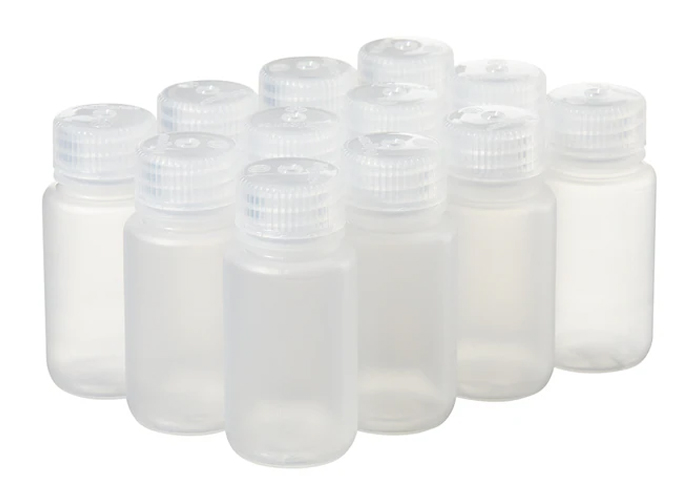
PPCO Random & PPHO – A polymer with moderate clarity, employed in the production of caps and closures. It is also utilized for crafting household items, buckets, toys, and storage containers. Polypropylene offers flexibility without significant limitations on color or special effects. Random copolymer boasts greater clarity compared to homopolymer and is better suited for creating translucent shades.
PPCO Block – Similar to PPCO but enhanced for increased impact resistance. An additive renders the polymer white, resulting in high opacity. This characteristic may limit the achievable transparency.
Polyethylene Terephthalate (PET) – Polyester materials exhibit robust mechanical strength along with excellent chemical resistance and barrier properties. PET is frequently chosen for the production of carbonated beverage containers. Moreover, polyester can be spun and employed in textile manufacturing for clothing. PET is highly transparent, making it an excellent choice for translucent packaging, although a subtle hint of “yellowing” may impact extremely light tints.
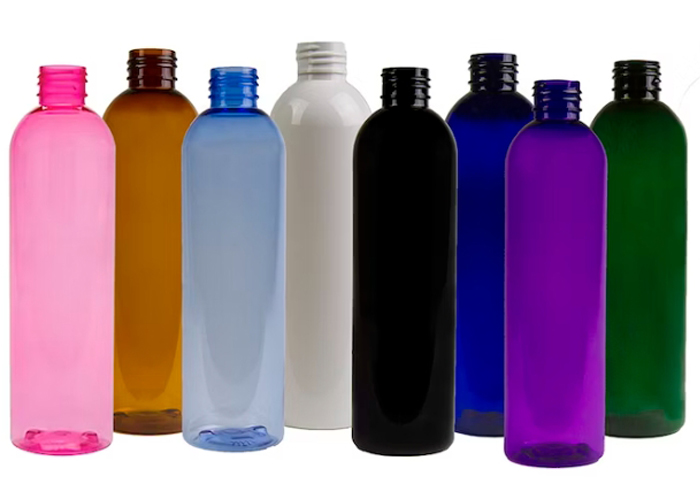
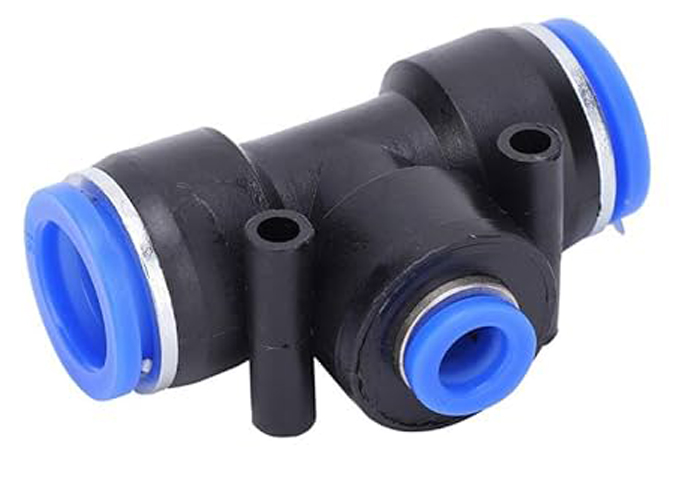
Polybutylene Terephthalate – A crystalline thermoplastic engineering polymer frequently employed as an insulating material within the electronics sector. This substance belongs to the polyester category, showcasing a remarkable equilibrium of attributes and processing qualities.
General Purpose Polystyrene – Exhibiting a glass-clear appearance but possessing minimal impact resistance, this material finds its primary application in CD cases. Its notable clarity renders it suitable for creating translucent hues, although an occasional violet tint may be discernible.
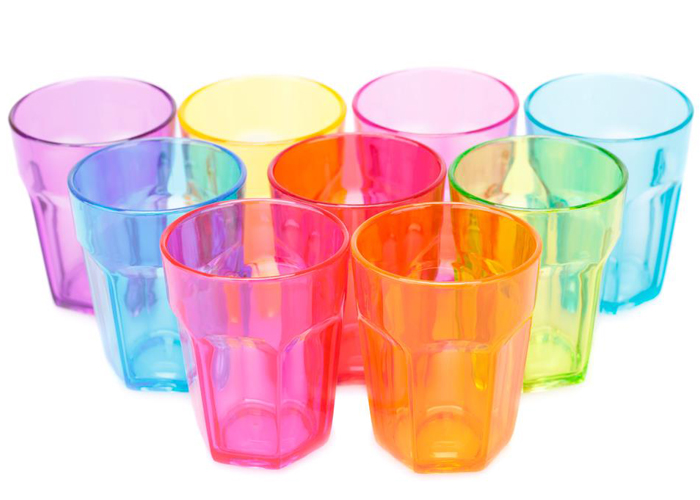
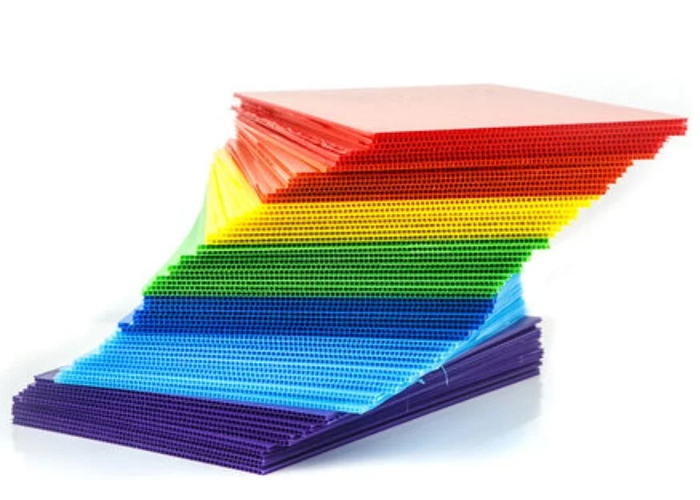
High Impact Polystyrene – Derived from GPPS by incorporating an impact-enhancing agent to boost its resistance to impacts. This added component results in the polymer becoming white, and different formulations provide varying degrees of opacity. Typically employed in the fabrication of game pieces, toys, and similar items. Its pronounced whiteness can pose challenges when aiming for translucent coloration. Specialized alternatives like K-Resin and Styrolux are accessible in the market to attain the same level of translucency as GPPS.
Acrylonitrile Butadiene Styrene (ABS) – A more robust iteration of High Impact Polystyrene (HIPS) employed in high-value components. ABS exhibits greater durability compared to HIPS-made components, although it encounters similar challenges when attempting to achieve translucent colorations. Just like HIPS, ABS offers specialized translucent variants. Owing to its durability, ABS is commonly used in crafting casings for power tools.

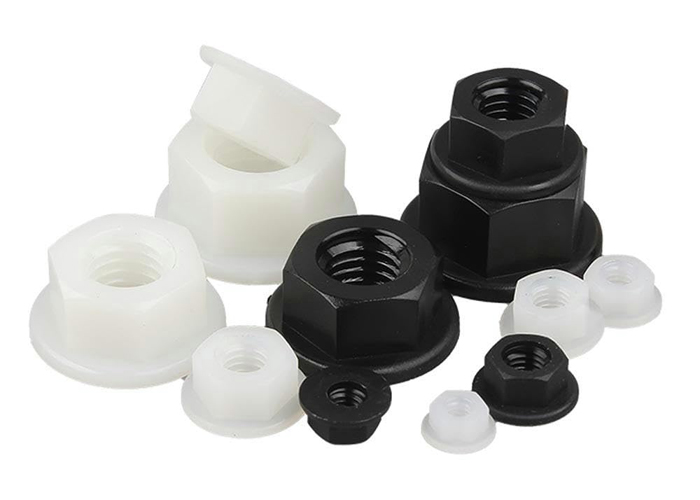
Polyamide (6, 66) – Nylon represents a versatile grade extensively employed in mechanical construction and maintenance. Its popularity stems from its excellent blend of mechanical strength, rigidity, mechanical damping characteristics, and effective electrical insulation capabilities. Consequently, nylon is a preferred material for manufacturing electrical enclosures. PA66 serves as a common alternative to metal across diverse applications, with its chemical and physical attributes closely resembling those of PA6. PA6 exhibits superior impact resistance and resistance to solvents, albeit with a heightened susceptibility to moisture absorption.
Styrene Acrylonitrile Copolymer – Possessing transparency and outstanding chemical and heat resistance, SAN also boasts good rigidity, tensile strength, and flexural strength. Thanks to its high-gloss finish, SAN is commonly chosen for cosmetic packaging purposes. However, achieving light tint colors with SAN can be challenging due to the violet dyestuffs inherent in the material, which are utilized to enhance its visual appearance during manufacturing.
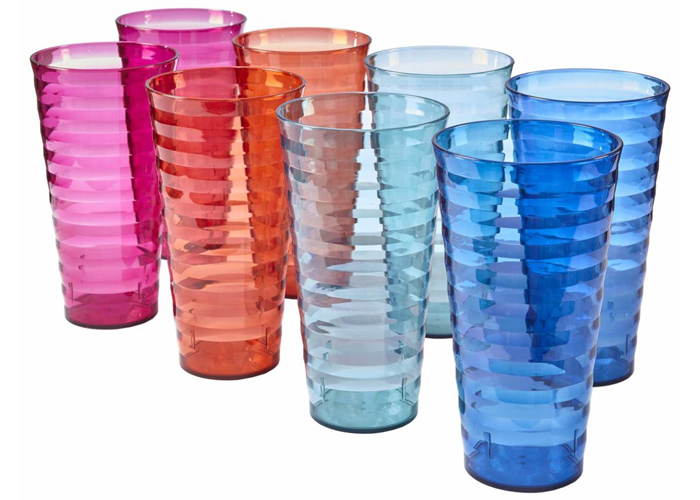
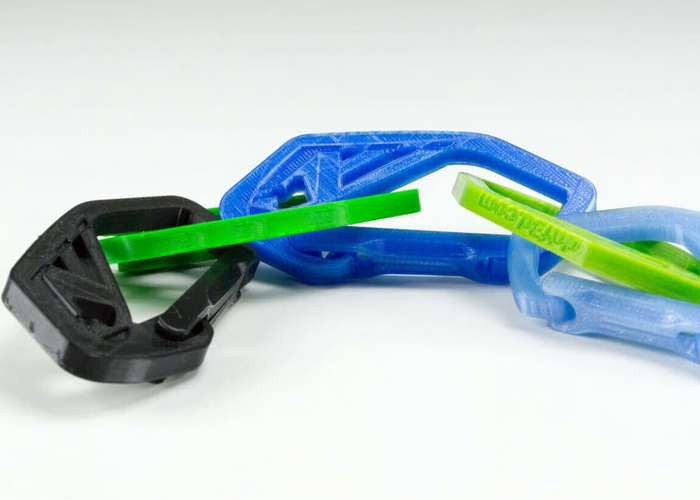
Polyethylene Terephthalate Glycol – PET with the incorporation of glycol. This glycol addition enhances flow properties but diminishes strength. PETG can be extruded to create bottles and can be formed into sheets for producing ‘blister’ style packaging.
Thermoplastic Elastomer (TPE) or Thermoplastic Polyurethane (TPU) – TPU finds diverse uses in applications such as automotive instrument panels, caster wheels, power tools, medical devices, as well as various extruded film, sheet, and profile applications. TPEs are employed across a wide range of applications in industries spanning automotive, medical, construction, electrical, appliances, packaging, and industrial sectors.
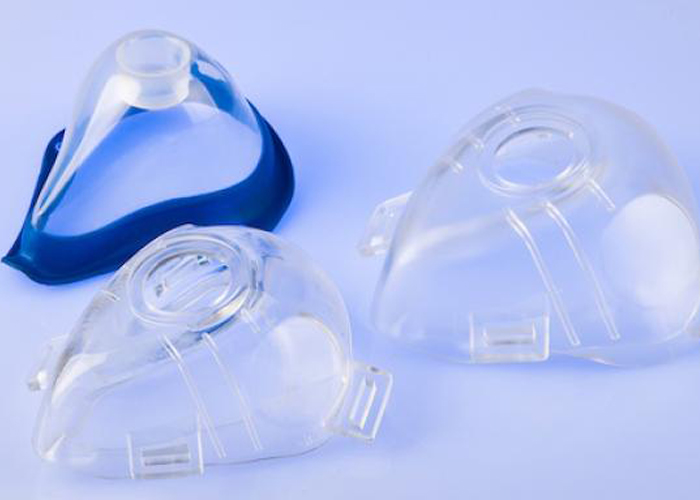
Frequently asked questions about our masterbatch
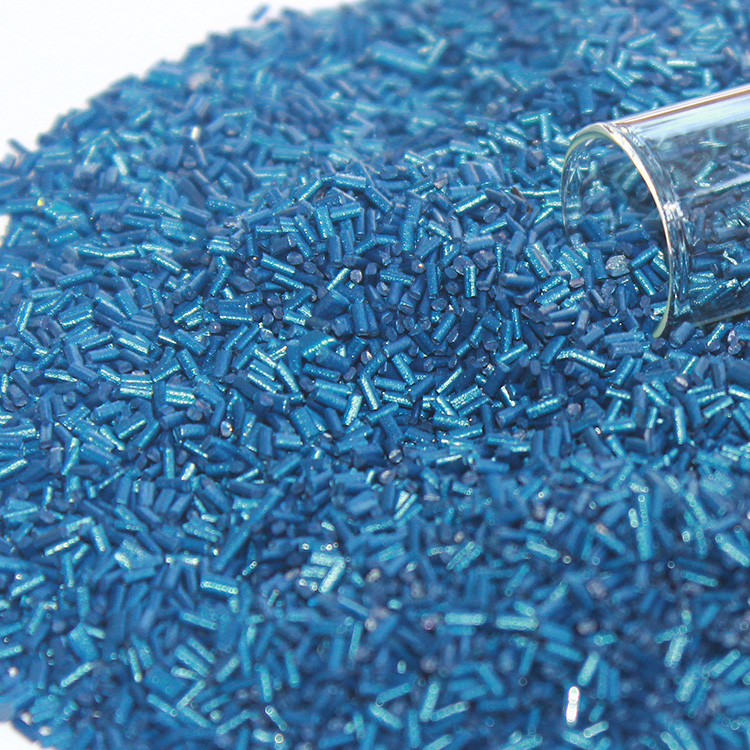
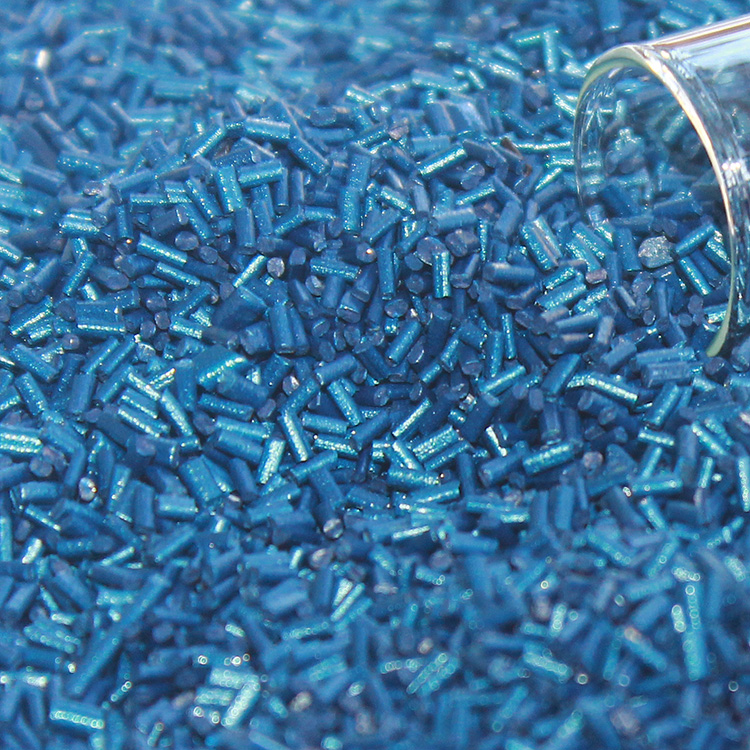
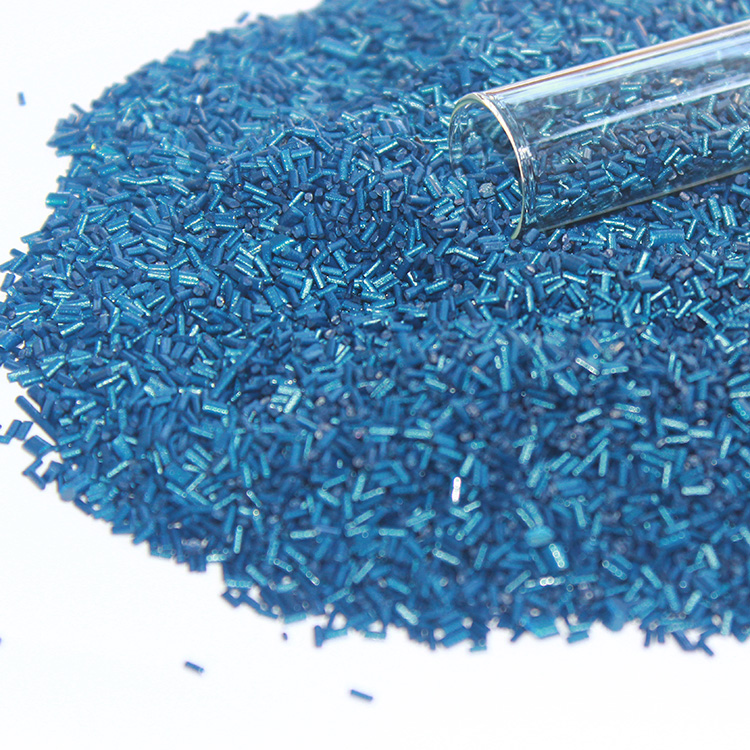
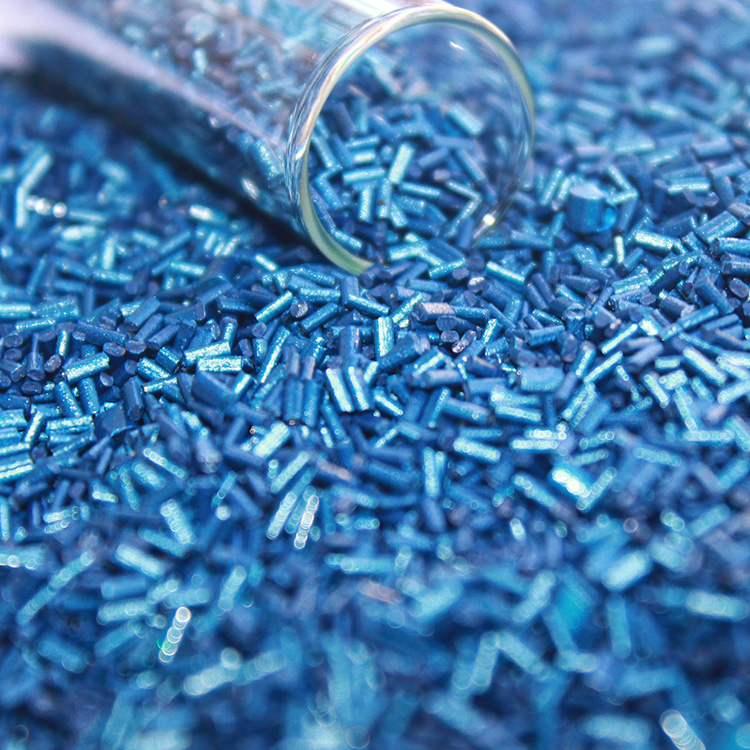
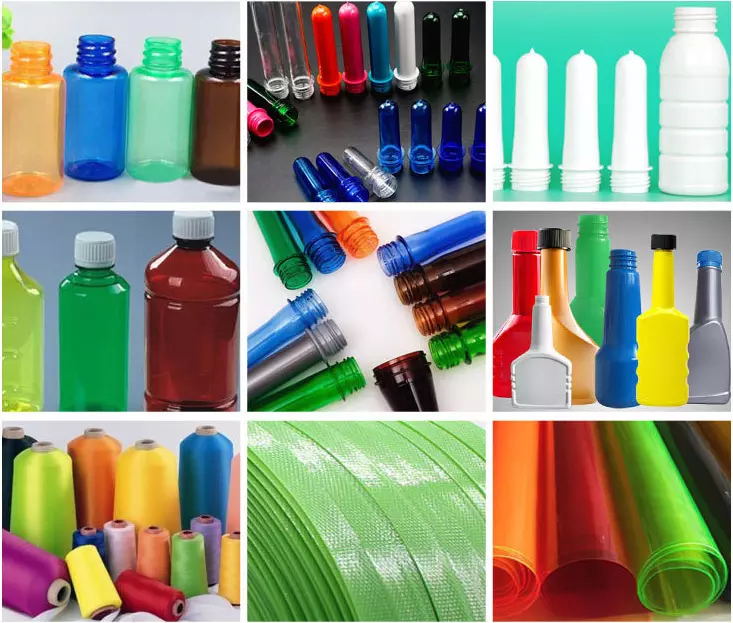
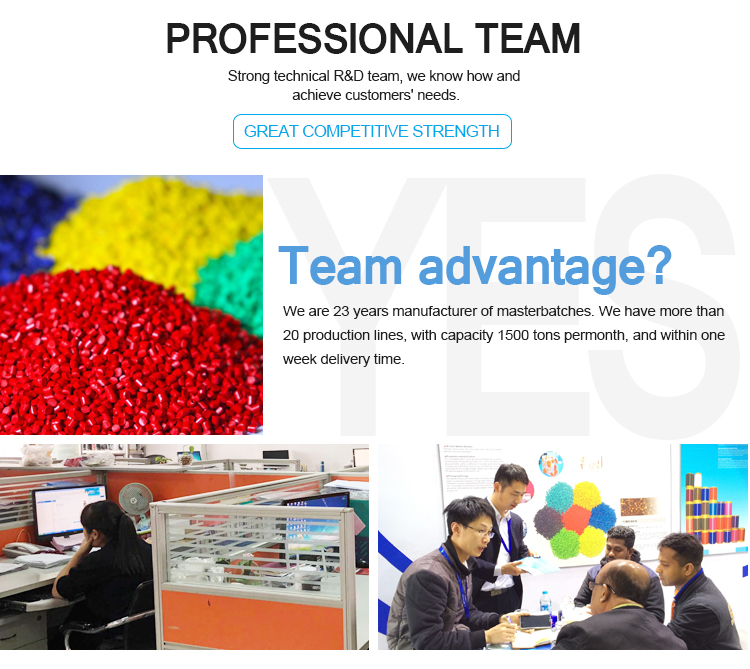
©2023. Masterbatch Manufacturer All Rights Reserved.
Our team will send back the best offer in 20 minutes.